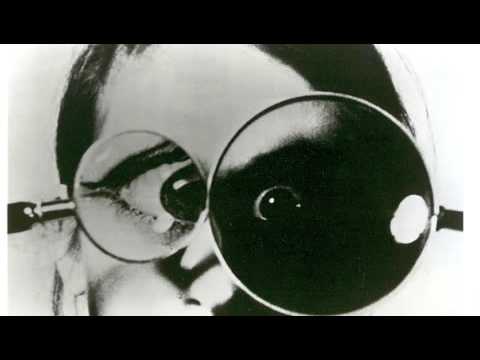
Rachel Rossin
Stalking the Trace
Stalking the Trace est une installation VR multi-spectateurs qui se déroule dans une série d’enceintes, renforcées par l’audio, l’éclairage et les projections pour créer une atmosphère immersive sensorielle dans la galerie. Rossin utilise le mouvement du spectateur à travers l’espace comme méthode pour interroger le désir humain de contrôle et d’agence, et la notion de temps avec le sujet humain en son centre.
.
Stalking the Trace is a multi viewer VR installation, takes place within a series of enclosures, heightened by audio, lighting and projections to create a sensory immersive atmosphere within the gallery. Rossin utilises the movement of the viewer through the space as a method to interrogate the human desire for control and agency, and the notion of time with the human subject at its centre.
.
Stalking the Trace – это многопользовательская VR-инсталляция, действие которой происходит в серии ограждений, усиленных звуком, освещением и проекциями для создания чувственной иммерсивной атмосферы в галерее. Россин использует движение зрителя в пространстве как метод исследования человеческого стремления к контролю и свободе действий, а также понятия времени с человеческим субъектом в его центре.









